The Uluguru bushbaby, also known as the Uluguru dwarf galago (Galagoides orinus), is a captivating nocturnal primate that inhabits the lush forests of the Uluguru Mountains in Tanzania. With its unique adaptations and elusive nature, this small primate species has intrigued researchers and nature enthusiasts alike. In this article, we will delve into the world of the Uluguru bushbaby, exploring its characteristics, adaptations, and habitat to gain a better understanding of this remarkable creature.
Uluguru Bushbaby: Species Profile
COMMON NAME: Uluguru Bushbaby
SWAHILI NAME: N/A
SCIENTIFIC NAME: Galagoides orinus
TYPE: Primate
FOOD: The Uluguru bushbaby primarily feeds on a diet consisting of fruits, tree gums, and insects.
HABITAT: The Uluguru bushbaby is found in the forests and dense vegetation of the Uluguru Mountains in Tanzania.
SIZE: The Uluguru bushbaby has an average length of about 35 centimeters (14 inches), excluding its tail.
AVERAGE LIFE SPAN IN THE NATURAL HABITAT: The average life span of the Uluguru bushbaby in its natural habitat is not well-documented, but similar species of bushbabies have been known to live for around 10 to 15 years.
ACTIVE: The Uluguru bushbaby is primarily active during the night, displaying nocturnal behavior.
GESTATION PERIOD: The gestation period of the Uluguru bushbaby is approximately 120 to 140 days.
WEIGHT: The weight of the Uluguru bushbaby ranges from 500 to 700 grams (1.1 to 1.5 pounds), depending on its age and sex.
SIZE COMPARISON TO A 6-FT MAN: The Uluguru bushbaby is significantly smaller than a 6-ft man, with a body length of about 35 centimeters (14 inches), excluding its tail.
Characteristics and Appearance
The Uluguru bushbaby is a relatively small primate, measuring around 20 centimeters in length, with its long, bushy tail accounting for a significant portion of its body. It displays remarkable adaptations for its nocturnal lifestyle, including large, round eyes that provide excellent night vision. Its soft fur is typically a blend of gray, brown, and beige tones, which allows it to blend seamlessly with the forest environment.
Habitat and Distribution
The Uluguru bushbaby is endemic to the Uluguru Mountains, a picturesque mountain range located in eastern Tanzania. These mountains boast dense montane forests characterized by a rich diversity of plant and animal life. The bushbaby prefers the upper canopy levels of these forests, where it navigates with agility and precision, leaping between branches and tree trunks.
Nocturnal Lifestyle and Adaptations
As a nocturnal primate, the Uluguru bushbaby has developed several adaptations to thrive in its dark and arboreal habitat:
- Nocturnal Vision: With its large eyes and reflective tapetum lucidum, the Uluguru bushbaby has excellent night vision. This adaptation allows it to navigate the forest canopy and spot prey even in dimly lit conditions.
- Agile Locomotion: The Uluguru bushbaby has long, slender limbs and a long tail that assists in maintaining balance and performing impressive leaps from tree to tree. Its specialized ankle joints provide stability and precision during its acrobatic movements.
- Diet and Feeding Habits: The Uluguru bushbaby is primarily insectivorous, feeding on a variety of insects, such as moths, beetles, and grasshoppers. It also consumes tree gum and nectar from flowers, supplementing its diet with small fruits and seeds when available.
Encountering the Uluguru Bushbaby
Observing the Uluguru bushbaby in its natural habitat is a unique and memorable experience. To increase your chances of encountering this elusive primate, consider the following tips:
- Engage in Nighttime Safaris: Due to its nocturnal nature, the Uluguru bushbaby is most active during the night. Participate in guided night safaris or hikes organized by experienced guides familiar with the Uluguru Mountains. These knowledgeable guides can lead you to prime bushbaby habitats and help you spot these elusive creatures.
- Practice Patience and Silence: When searching for the Uluguru bushbaby, patience and silence are key. Take your time to observe the surroundings, listen for any rustling or soft calls, and watch for movements among the trees. Minimize noise and sudden movements to avoid disturbing the bushbabies and other wildlife.
- Utilize Spotlighting Techniques: Spotlighting can be a useful technique for locating the Uluguru bushbaby. Shine a flashlight or spotlight toward the treetops, scanning for the reflection of their eyes. Remember to use the light responsibly and avoid causing any harm or distress to the animals.
Conservation and Responsible Tourism
The Uluguru bushbaby, like many other species, faces conservation challenges due to habitat loss and fragmentation. To contribute to its conservation and promote responsible tourism, consider the following:
- Support Conservation Organizations: Contribute to local conservation organizations that work to protect the Uluguru Mountains and their wildlife. By supporting these initiatives, you help safeguard the habitat of the Uluguru bushbaby and other unique species.
- Respect Wildlife and Habitat: When encountering the Uluguru bushbaby or any other wildlife, maintain a respectful distance and avoid direct interaction. Observe them from a distance using binoculars or a camera lens, allowing them to carry on with their natural behaviors undisturbed.
- Follow Sustainable Travel Practices: Choose tour operators and accommodations that prioritize sustainability and responsible tourism. Opt for establishments that minimize their ecological footprint and support local communities.
Galagoides orinus
The Galagoides orinus is a captivating primate species that adds to the rich biodiversity of Tanzania’s Uluguru Mountains. By respecting their natural habitat, practicing responsible tourism, and supporting conservation efforts, we can contribute to the long-term survival of these enchanting creatures.
Uluguru Bushbaby Adaptations:
The Uluguru bushbaby, scientifically known as Galagoides orinus, has evolved a range of remarkable adaptations that enable it to thrive in the dense and diverse forests of the Uluguru Mountains in Tanzania. These adaptations have equipped the Uluguru bushbaby with the necessary tools to navigate its arboreal habitat, locate food sources, and avoid potential threats. In this article, we will explore the fascinating adaptations of the Uluguru bushbaby and gain insight into its unique survival strategies.
Nocturnal Lifestyle and Enhanced Vision
The Uluguru bushbaby is primarily nocturnal, meaning it is most active during the night. To navigate and forage in low-light conditions, it possesses several adaptations related to its vision:
- Large Eyes: The Uluguru bushbaby has disproportionately large eyes compared to its body size. This adaptation allows for increased light-gathering capacity, enhancing its ability to see in dimly lit environments.
- Tapetum Lucidum: The tapetum lucidum is a specialized layer of tissue located behind the retina. It reflects light back through the photoreceptor cells, maximizing the amount of light available for vision and contributing to the bushbaby’s excellent night vision.
Agile Locomotion and Acrobatic Skills
The Uluguru bushbaby is renowned for its nimble and acrobatic movements through the forest canopy. Its adaptations for locomotion include:
- Long Limbs: The bushbaby has long and slender limbs, which provide the necessary reach and flexibility for leaping between branches and navigating the treetops with precision.
- Grasping Hands and Feet: The Uluguru bushbaby’s hands and feet are equipped with specialized adaptations for grasping. It has opposable thumbs and toes, allowing it to firmly grip branches and maintain balance during its agile movements.
Dietary Adaptations
The Uluguru bushbaby’s diet primarily consists of insects, tree gum, nectar, and fruits. Its adaptations for feeding and obtaining food include:
- Dental Adaptations: The bushbaby’s teeth are sharp and suited for biting into insect exoskeletons. It has specialized incisors and premolars that aid in efficiently extracting nutrients from its food sources.
- Grooming Claw: The Uluguru bushbaby possesses a grooming claw on its second toe. This claw is used for meticulous grooming, removing parasites, and maintaining its fur in optimal condition.
Crypsis and Camouflage
To avoid detection by predators and potential threats, the Uluguru bushbaby has developed camouflage adaptations:
- Fur Coloration: The bushbaby’s fur exhibits a mottled pattern of grays, browns, and beige tones. This coloration helps it blend seamlessly with the surrounding tree bark and foliage, making it difficult for predators to spot.
- Nocturnal Behavior: The Uluguru bushbaby’s primarily nocturnal lifestyle aligns with its natural camouflage. By being most active at night when predators may have reduced visibility, the bushbaby can minimize the risk of predation.
These remarkable adaptations have allowed the Uluguru bushbaby to carve out its niche in the intricate web of the Uluguru Mountains’ ecosystem. By employing its enhanced vision, agile locomotion, dietary adaptations, and camouflage strategies, the Uluguru bushbaby has become a master of survival in its unique habitat.
Where to See the Uluguru Bushbaby in Tanzania
If you’re a wildlife enthusiast seeking a unique and captivating experience in Tanzania, the Uluguru bushbaby (Pseudopotto martini), also known as the Uluguru potto, is a fascinating creature worth encountering. Here are some recommended locations where you have a chance to spot the Uluguru bushbaby in Tanzania:
Uluguru Mountains
The Uluguru Mountains, located in the eastern part of Tanzania, are the primary habitat of the Uluguru bushbaby. This mountain range stretches across the Morogoro Region and offers a diverse and lush environment for various species, including the elusive bushbaby. Exploring the forests and dense vegetation of the Uluguru Mountains increases your chances of sighting these intriguing creatures.
Uluguru Nature Reserve
Situated within the Uluguru Mountains, the Uluguru Nature Reserve provides a protected area for the region’s unique flora and fauna. It offers an opportunity to witness the rich biodiversity of the Uluguru Mountains, including the Uluguru bushbaby. Guided hikes and nature walks within the reserve, accompanied by knowledgeable local guides, enhance your chances of encountering these captivating creatures.
Morogoro
The city of Morogoro, located at the foothills of the Uluguru Mountains, serves as a convenient base for exploring the region and embarking on bushbaby sightings. Several tour operators and local guides in Morogoro offer specialized wildlife tours, including night excursions, which focus on observing the Uluguru bushbaby in its natural habitat. These tours provide valuable insights into the behavior and ecology of these nocturnal primates.
Expert Guided Wildlife Safaris
To ensure the best possible chances of spotting the Uluguru bushbaby, consider joining expert-guided wildlife safaris that specifically cater to primate sightings. Professional safari operators with knowledge of the Uluguru Mountains and their inhabitants can design custom itineraries that include dedicated bushbaby tracking excursions. These safaris combine adventure, education, and the thrill of encountering these elusive creatures in their natural environment.
Nighttime Nature Walks
The Uluguru bushbaby is a nocturnal species, making nighttime nature walks an ideal opportunity to observe them in action. Accompanied by experienced guides, venture into the forests and trails of the Uluguru Mountains during the evening hours. With the aid of flashlights or headlamps, you can catch glimpses of these agile primates as they navigate the treetops, searching for food and engaging in social interactions.
Patience and Respect for Wildlife
When seeking out the Uluguru bushbaby, it’s important to exercise patience and respect for the wildlife and their natural habitat. These creatures are sensitive to disturbances, so maintaining a safe distance and avoiding any actions that could disrupt their behavior is crucial. By observing them quietly and from a respectful distance, you can enjoy a truly memorable experience while minimizing any potential impact on their well-being.
Remember, wildlife sightings are never guaranteed, as the Uluguru bushbaby is a wild animal with its own patterns and preferences. However, by visiting the appropriate locations, seeking guidance from local experts, and embracing the beauty of nature, you increase your chances of encountering the enchanting Uluguru bushbaby in Tanzania.
Uluguru Bushbaby Safari Tips:
Embarking on a safari to observe the captivating Uluguru bushbaby in its natural habitat is an adventure filled with anticipation and wonder. These elusive creatures inhabit the lush forests of the Uluguru Mountains in Tanzania, and witnessing their nocturnal activities can be a truly memorable experience. To maximize your chances of encountering the Uluguru bushbaby during your safari, consider the following tips:
1. Engage in Night Safaris or Nocturnal Hikes
The Uluguru bushbaby is primarily active during the night, making nocturnal activities the best opportunity to spot them. Participate in guided night safaris or nocturnal hikes organized by experienced guides who are familiar with the Uluguru Mountains and its wildlife. These knowledgeable guides can lead you to prime bushbaby habitats and provide valuable insights into their behavior and ecology.
2. Choose the Right Safari Location
When planning your safari, select a location that is known for its Uluguru bushbaby population. The Uluguru Mountains in Tanzania are the primary habitat of this primate species, and certain areas within the mountains may have higher concentrations of bushbabies. Research reputable safari companies that operate in the region and seek their expertise in locating these elusive creatures.
3. Be Patient and Silent
Observing the Uluguru bushbaby requires patience and a willingness to adapt to their nocturnal lifestyle. These creatures are generally shy and cautious, and sudden noises or movements can startle them. During your safari, maintain a quiet and respectful demeanor, minimizing unnecessary noise and staying still while observing their natural behavior. By being patient and silent, you increase the chances of bushbabies appearing in close proximity.
4. Utilize Spotlighting Techniques
Spotlighting can be an effective technique for locating Uluguru bushbabies in the dark forested environment. With the assistance of a guide or tracker, use a spotlight or flashlight to scan the treetops and undergrowth. Look for the reflective eyeshine of the bushbabies, which will appear as small, glowing dots of light. Ensure that the spotlight is used responsibly and avoid shining it directly into the animals’ eyes to prevent causing any distress.
5. Respect Wildlife and Habitat
While observing the Uluguru bushbaby, it is crucial to prioritize the well-being of the animals and their habitat. Respect their space by maintaining a safe distance and refraining from any attempts to touch or interact with them. Adhere to the guidance provided by your safari guide regarding responsible wildlife viewing practices, which may include staying within designated trails or viewing areas to minimize disturbance.
6. Bring Appropriate Equipment
To enhance your safari experience and increase your chances of spotting the Uluguru bushbaby, consider bringing the following equipment:
- Binoculars: A good pair of binoculars allows you to observe the bushbabies in detail, even from a distance.
- Camera with Low-Light Capabilities: Capture the magic of the Uluguru bushbaby encounters with a camera that performs well in low-light conditions. A lens with a wide aperture can help capture the details of these elusive creatures.
7. Learn from Local Guides
The expertise of local guides is invaluable when it comes to locating and understanding the behavior of the Uluguru bushbaby. Their knowledge of the area, wildlife habits, and natural history can significantly enhance your safari experience. Engage with them, ask questions, and learn from their insights to gain a deeper appreciation for these fascinating primates.
By following these safari tips and immersing yourself in the natural beauty of the Uluguru Mountains, you increase your chances of encountering the Uluguru bushbaby and creating lasting memories of your wildlife adventure.
Frequently Asked Questions about the Uluguru Bushbaby
Here are some commonly asked questions about the Uluguru bushbaby, also known as Galagoides orinus, to provide you with a deeper understanding of this intriguing primate species:
Q1: What is the Uluguru bushbaby?
A1: The Uluguru bushbaby is a small primate species endemic to the Uluguru Mountains in Tanzania. It belongs to the Galagoides genus and is known for its nocturnal habits, large eyes, and agile movements through the forest canopy.
Q2: What does the Uluguru bushbaby look like?
A2: The Uluguru bushbaby has a small, compact body with a length of around 15 to 20 centimeters (6 to 8 inches) and a tail that measures approximately the same length. It has soft, dense fur that ranges in color from grayish-brown to reddish-brown. The bushbaby’s eyes are large and round, well-adapted for night vision.
Q3: Where can I find the Uluguru bushbaby?
A3: The Uluguru bushbaby is endemic to the Uluguru Mountains in Tanzania. Its distribution is limited to the forests within this mountain range, making it a unique and localized primate species.
Q4: What is the diet of the Uluguru bushbaby?
A4: The Uluguru bushbaby primarily feeds on insects, tree gum, nectar, and fruits. Its specialized dental adaptations, including sharp teeth, allow it to extract nutrients from a variety of food sources.
Q5: Are Uluguru bushbabies social animals?
A5: Yes, Uluguru bushbabies are social animals that typically live in small family groups consisting of a breeding pair and their offspring. They communicate through vocalizations and scent markings to maintain social bonds and establish territories.
Q6: How do Uluguru bushbabies move through their habitat?
A6: Uluguru bushbabies are agile and acrobatic climbers. They use their long limbs and grasping hands and feet to leap between branches and navigate the forest canopy with precision. Their specialized adaptations allow them to move swiftly through their arboreal habitat.
Q7: Are Uluguru bushbabies endangered?
A7: The conservation status of the Uluguru bushbaby is currently categorized as “Vulnerable” on the IUCN Red List. Habitat loss and fragmentation due to human activities, including deforestation and agricultural expansion, pose significant threats to their population.
Q8: Can I see Uluguru bushbabies during a safari in Tanzania?
A8: While encountering Uluguru bushbabies during a safari can be challenging due to their nocturnal behavior and limited distribution, engaging in guided night safaris or nocturnal hikes in the Uluguru Mountains can increase your chances of spotting these elusive primates.
Q9: How can I contribute to the conservation of Uluguru bushbabies?
A9: You can support the conservation of Uluguru bushbabies by contributing to local conservation organizations working to protect the Uluguru Mountains and their wildlife. Additionally, practicing responsible tourism and supporting sustainable initiatives can help minimize the impact on their natural habitat.
Q10: Can Uluguru bushbabies be kept as pets?
A10: It is not recommended to keep Uluguru bushbabies as pets. They are wild animals with specific habitat requirements and social needs. Keeping them in captivity can be detrimental to their well-being and conservation efforts.
We hope these frequently asked questions have provided valuable insights into the fascinating world of the Uluguru bushbaby, encouraging a deeper appreciation for this unique primate species.

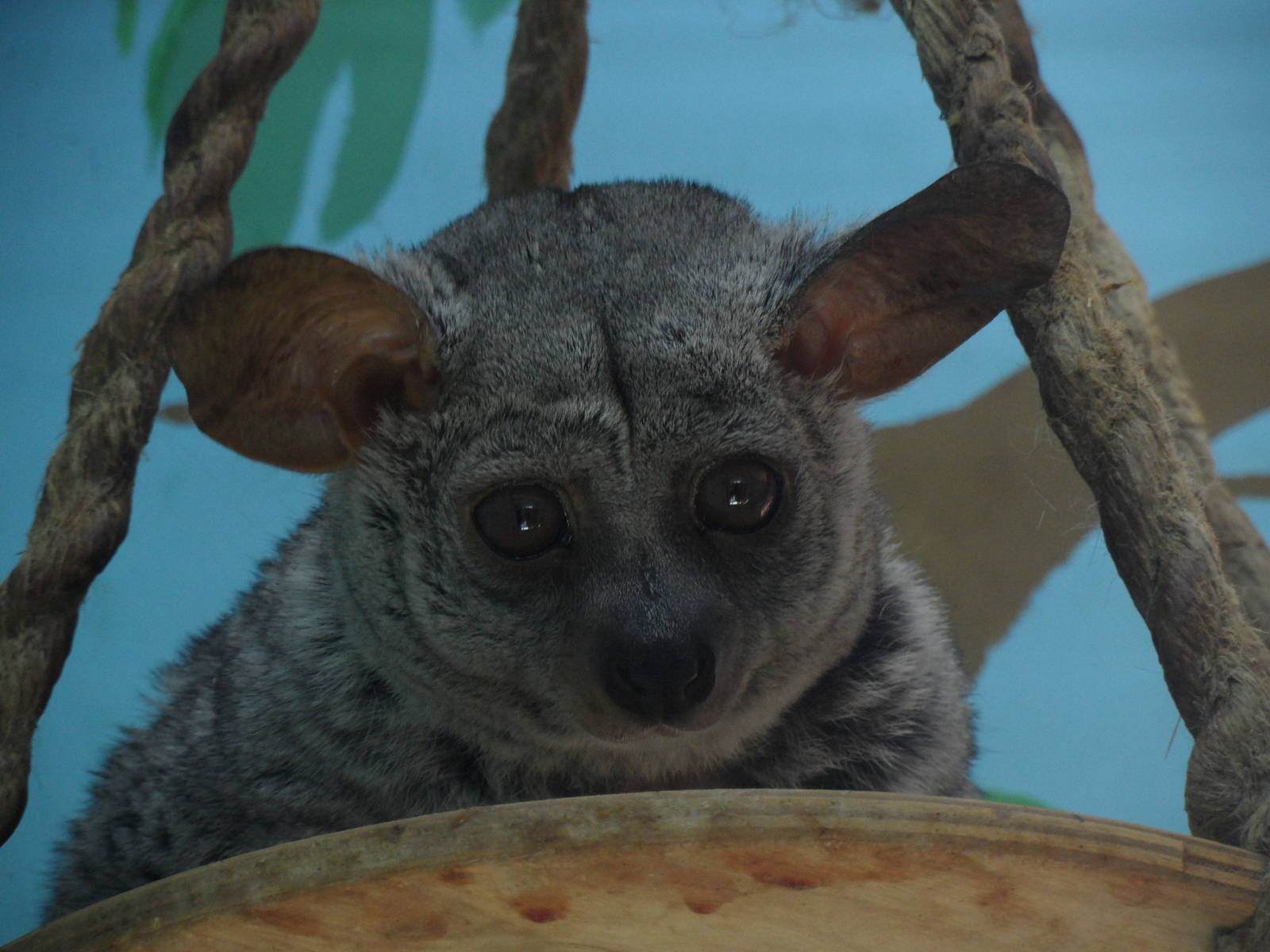
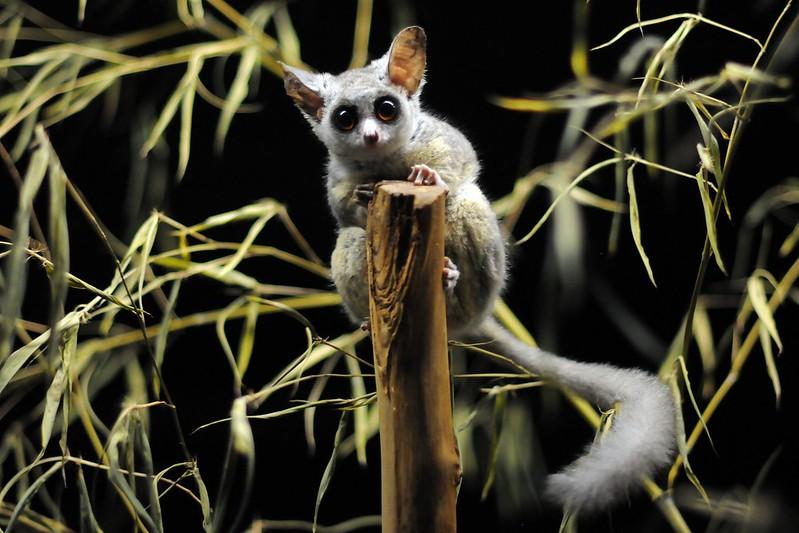
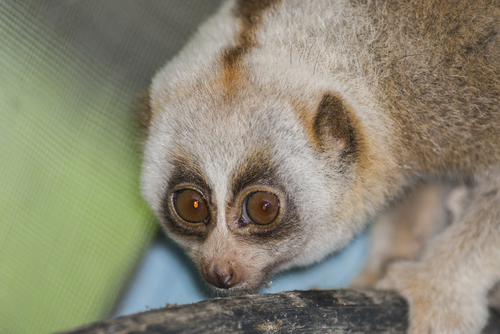

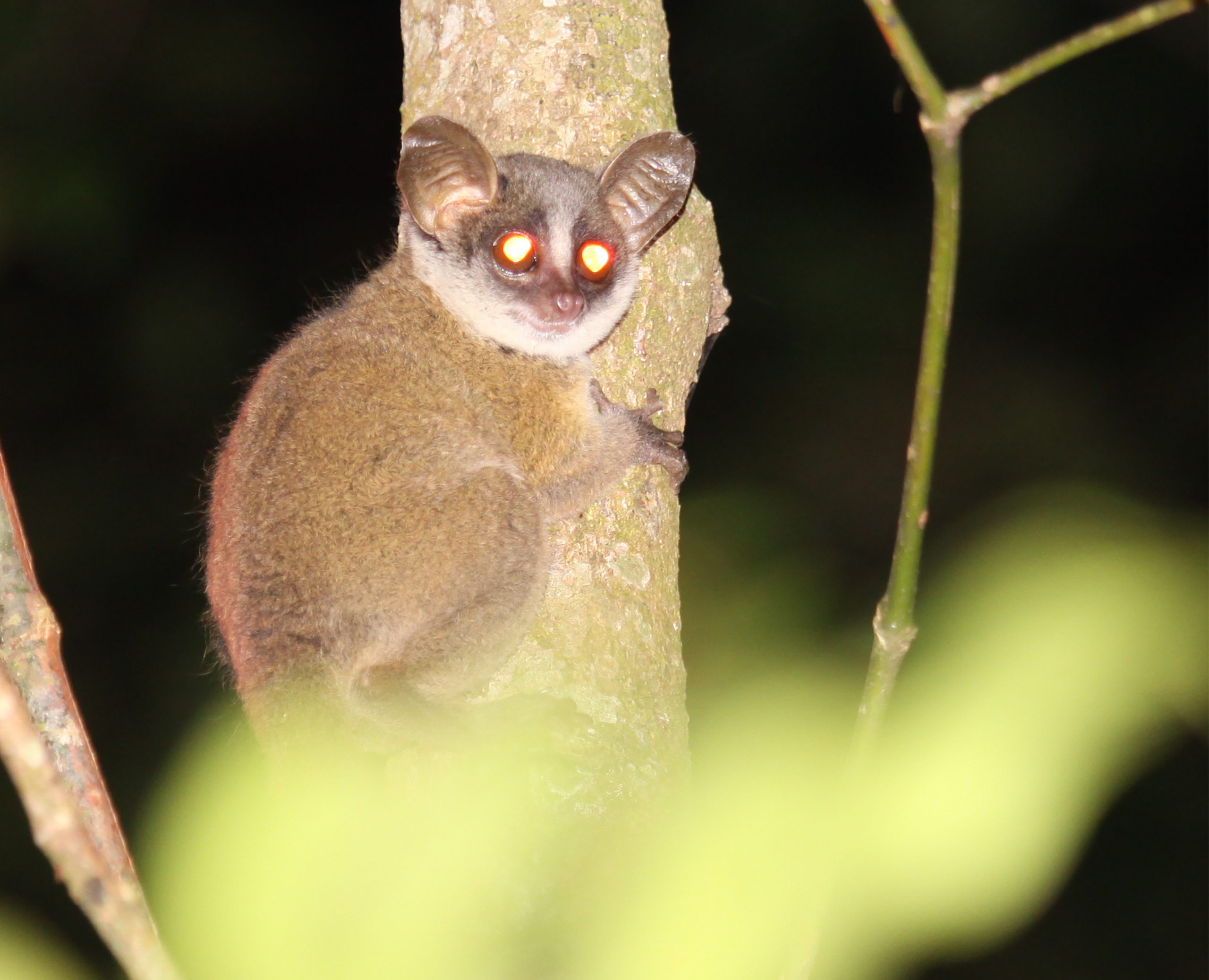
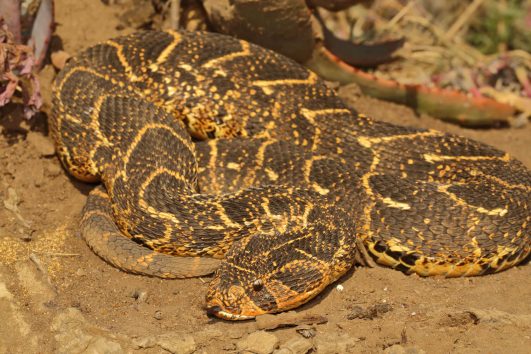
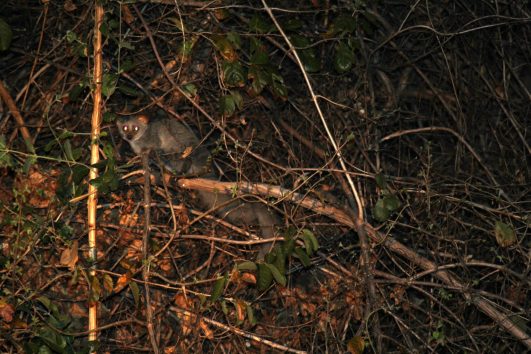

Tour Reviews
There are no reviews yet.
Leave a Review